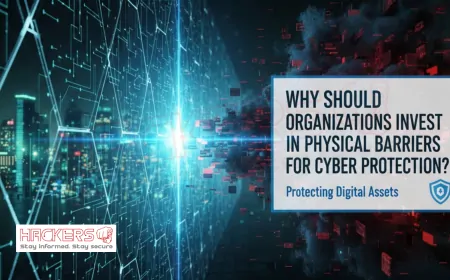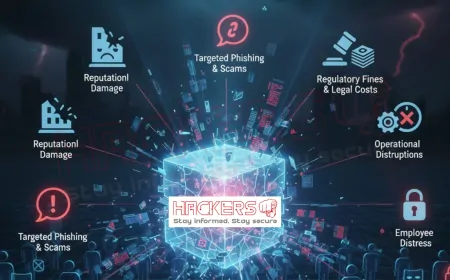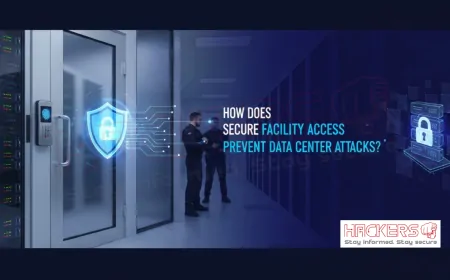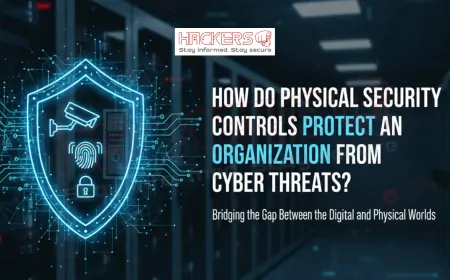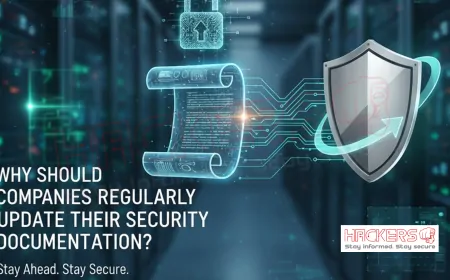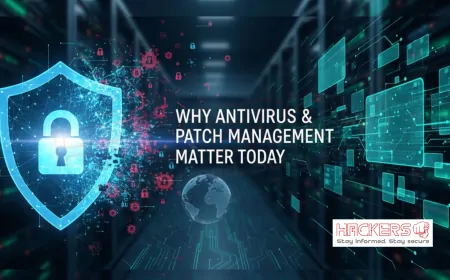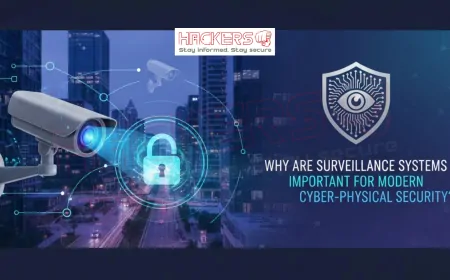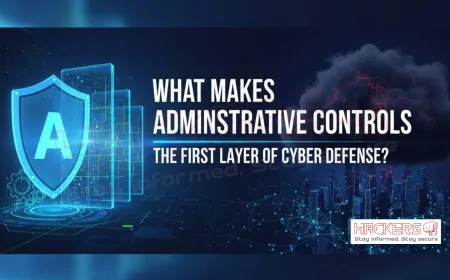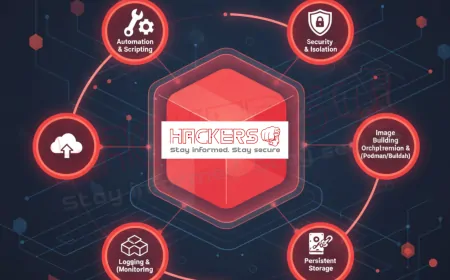Why Are Surveillance Systems Important for Modern Cyber-Physical Security?
Imagine a factory where machines hum along smoothly, controlled by computers that monitor every process. Now picture a shadowy figure sneaking in, tampering with a device, and suddenly the entire system grinds to a halt, data stolen or operations disrupted. In 2025, such scenarios are not just movie plots: they are real risks in our interconnected world. Surveillance systems, like cameras and sensors, stand as vigilant guardians, blending physical oversight with digital protection. They help detect threats early, ensuring that cyber-physical systems, which combine computing with physical processes, remain secure. As threats evolve with AI and global tensions, surveillance is key to resilience. This blog post dives into why these systems matter, explaining concepts simply for beginners while highlighting trends and benefits. We'll see how they bridge the gap between the physical and digital realms, protecting everything from power grids to smart homes.
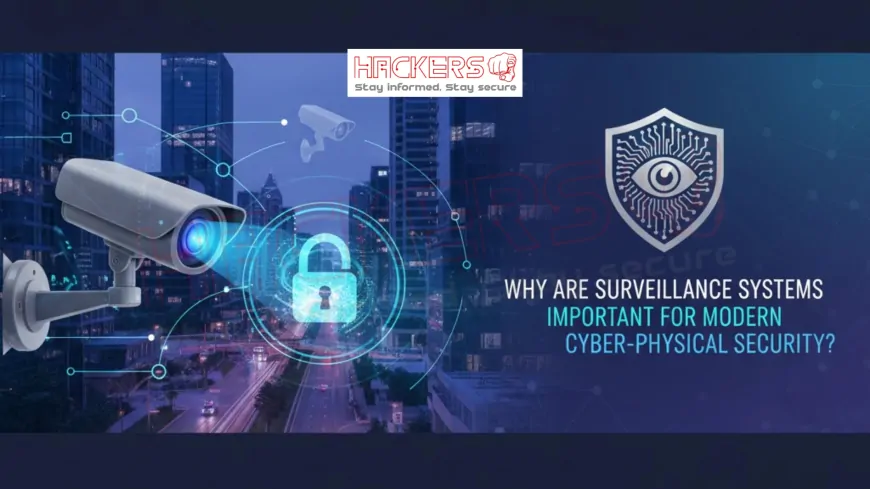
Table of Contents
- What Are Surveillance Systems?
- Understanding Cyber-Physical Security
- The Role of Surveillance in Protection
- Key Components of Modern Surveillance
- How Surveillance Mitigates Threats
- Benefits for Organizations
- Challenges and Solutions
- Real-World Examples
- Trends in 2025
- Best Practices for Implementation
- Conclusion
- FAQs
What Are Surveillance Systems?
Surveillance systems are tools that monitor environments to detect unusual activities. They include cameras, sensors, and software that watch over physical spaces. In simple terms, think of them as eyes and ears for security teams. These systems capture video, audio, or data on movements, helping spot intruders or anomalies.
In the past, surveillance was basic: just cameras recording footage. Today, they are smarter, using AI to analyze patterns and alert in real time. For beginners, AI here means artificial intelligence, which is like teaching a computer to recognize threats automatically, such as someone loitering near a restricted area.
Why do they matter? In a world where physical actions can lead to cyber issues, surveillance provides a first line of defense. For instance, if someone tries to access a server room physically, cameras can trigger alarms, preventing data theft. These systems integrate with other security measures, creating a comprehensive shield.
Surveillance is not just about watching people: it's about gathering data to make informed decisions. In cyber-physical security, this data helps correlate physical events with digital ones, like linking a door breach to a network spike.
Overall, these systems evolve with technology, incorporating features like night vision or motion detection, making them indispensable for modern protection.
Understanding Cyber-Physical Security
Cyber-physical security protects systems where digital and physical elements interact. Examples include smart grids, where computers control electricity flow, or autonomous vehicles guided by software. A breach here can cause real-world harm, like power outages or accidents.
For beginners, cyber refers to online threats, like hacking, while physical involves tangible risks, such as tampering with equipment. When combined, threats multiply: a hacker might disable cameras to allow physical entry.
In 2025, trends show increasing convergence of IT, which is information technology like computers, and OT, operational technology like industrial machines. This blend heightens risks, as attacks on one affect the other.
Why is this important? Critical infrastructure, like water plants or hospitals, relies on these systems. A cyber attack could alter physical controls, leading to disasters. Surveillance ensures visibility, allowing quick responses.
Understanding this field highlights the need for integrated security: surveillance is a key piece, providing data to detect and deter blended threats.
The Role of Surveillance in Protection
Surveillance plays a crucial role by providing real-time awareness. It detects physical intrusions that could lead to cyber breaches, such as someone plugging in a malicious device.
In cyber-physical setups, it correlates events: a camera spotting unusual activity might trigger cyber checks, like scanning for malware. This integration enhances overall security.
For organizations, it deters threats: knowing they are watched discourages attackers. It also aids investigations, with footage proving invaluable for forensics.
In 2025, with AI threats like deepfakes, surveillance verifies identities, adding layers of protection.
Ultimately, its role is proactive: preventing issues before they escalate, safeguarding both physical and digital assets.
Key Components of Modern Surveillance
Modern surveillance has several components. Cameras are core, capturing visuals. Sensors detect motion or heat, extending coverage.
- Software platforms: Analyze data, using AI for pattern recognition.
- Integration tools: Connect with access controls or alarms.
- Storage solutions: Keep footage secure, often in the cloud.
- Alerts systems: Notify teams via apps or emails.
- Privacy features: Ensure compliance, like blurring faces.
In 2025, volumetric detection, which measures 3D spaces, reduces false alarms.
How Surveillance Mitigates Threats
Surveillance mitigates threats by early detection. For example, in a data center, cameras spot unauthorized entry, triggering lockdowns.
It handles blended attacks: if a cyber breach disables lights, infrared cameras continue monitoring. AI spots anomalies, like unusual network access tied to physical presence.
For ransomware, which locks systems, surveillance provides evidence for recovery. In supply chains, it protects against physical sabotage leading to cyber vulnerabilities.
Beginners note: it reduces response time, limiting damage.
Benefits for Organizations
Benefits include enhanced safety: employees feel secure with monitoring. Cost savings: preventing breaches avoids millions in losses.
Compliance: Regulations like GDPR require data protection, and surveillance helps.
Reputation boost: Showing strong security builds trust. In 2025, resilience against threats like deepfakes is key.
Challenges and Solutions
Challenges: Privacy concerns, as constant watching raises issues. Solution: Use privacy-friendly tech, like LiDAR that avoids personal data.
Cost: High setup. Fix: Start with essentials, scale up. Integration complexity: Train teams or use experts.
False alarms: AI refinements reduce them.
Real-World Examples
In Ukraine, attacks on energy facilities showed surveillance's role in detecting intrusions.
Companies using AI surveillance prevented insider threats by spotting anomalies.
Trends in 2025
Trends: AI for smarter detection.
Hybrid-cloud for flexibility.
| Trend | Description | Impact |
|---|---|---|
| AI Detection | Classifies objects | Reduces false alarms |
| Autonomous Systems | Edge processing | Lowers latency |
| Privacy Focus | Compliant tech | Builds trust |
Best Practices for Implementation
Assess needs first. Integrate with cyber tools.
- Train staff.
- Update regularly.
- Ensure privacy.
- Test systems.
Conclusion
Surveillance systems are vital for modern cyber-physical security, providing detection, deterrence, and integration. They offer benefits like safety and compliance, addressing challenges through innovation. In 2025, trends like AI make them essential for resilience.
What are surveillance systems?
Tools like cameras and sensors that monitor environments.
Why are they important?
They detect threats in cyber-physical setups.
What is cyber-physical security?
Protection of systems blending digital and physical.
How do they mitigate threats?
By early detection and integration.
What components are key?
Cameras, sensors, AI software.
What benefits do they provide?
Safety, cost savings, compliance.
What challenges exist?
Privacy, cost, integration.
How to solve challenges?
Use privacy tech, scale implementation.
Examples of use?
Infrastructure protection like energy grids.
Trends for 2025?
AI, autonomous systems.
Best practice for setup?
Assess and integrate.
Do they help compliance?
Yes, meet regulations.
What is AI in surveillance?
Tech for pattern recognition.
Are they for small businesses?
Yes, scalable options.
How deter threats?
Visibility discourages attackers.
What is volumetric detection?
3D measurement for accuracy.
Privacy concerns?
Address with compliant tools.
Integration with cyber?
Correlates events.
Cost-effective?
Prevents larger losses.
Future role?
Growing with threats.
What's Your Reaction?




























